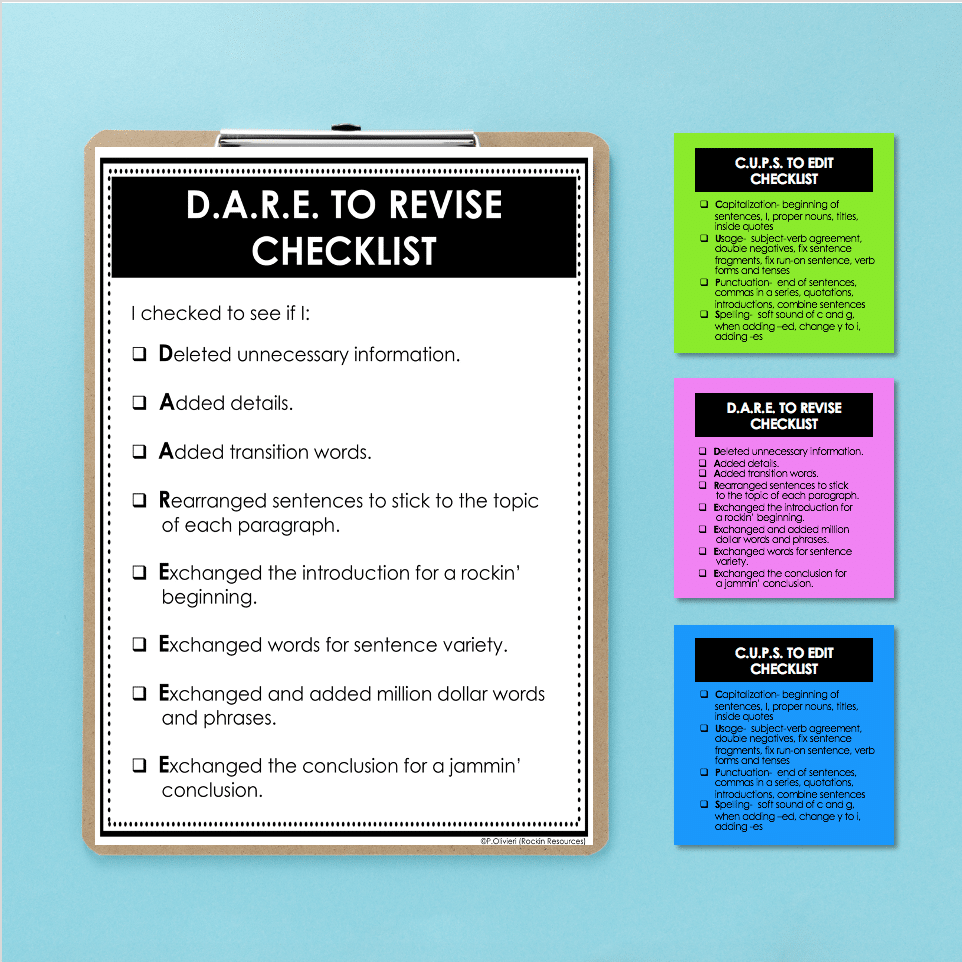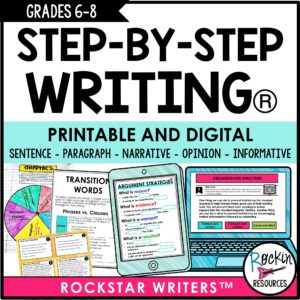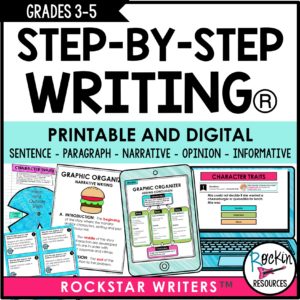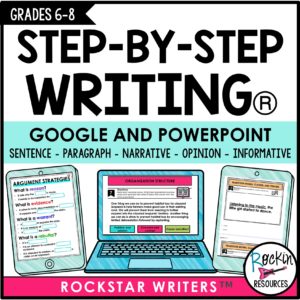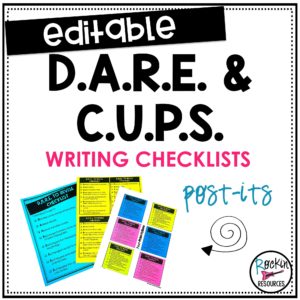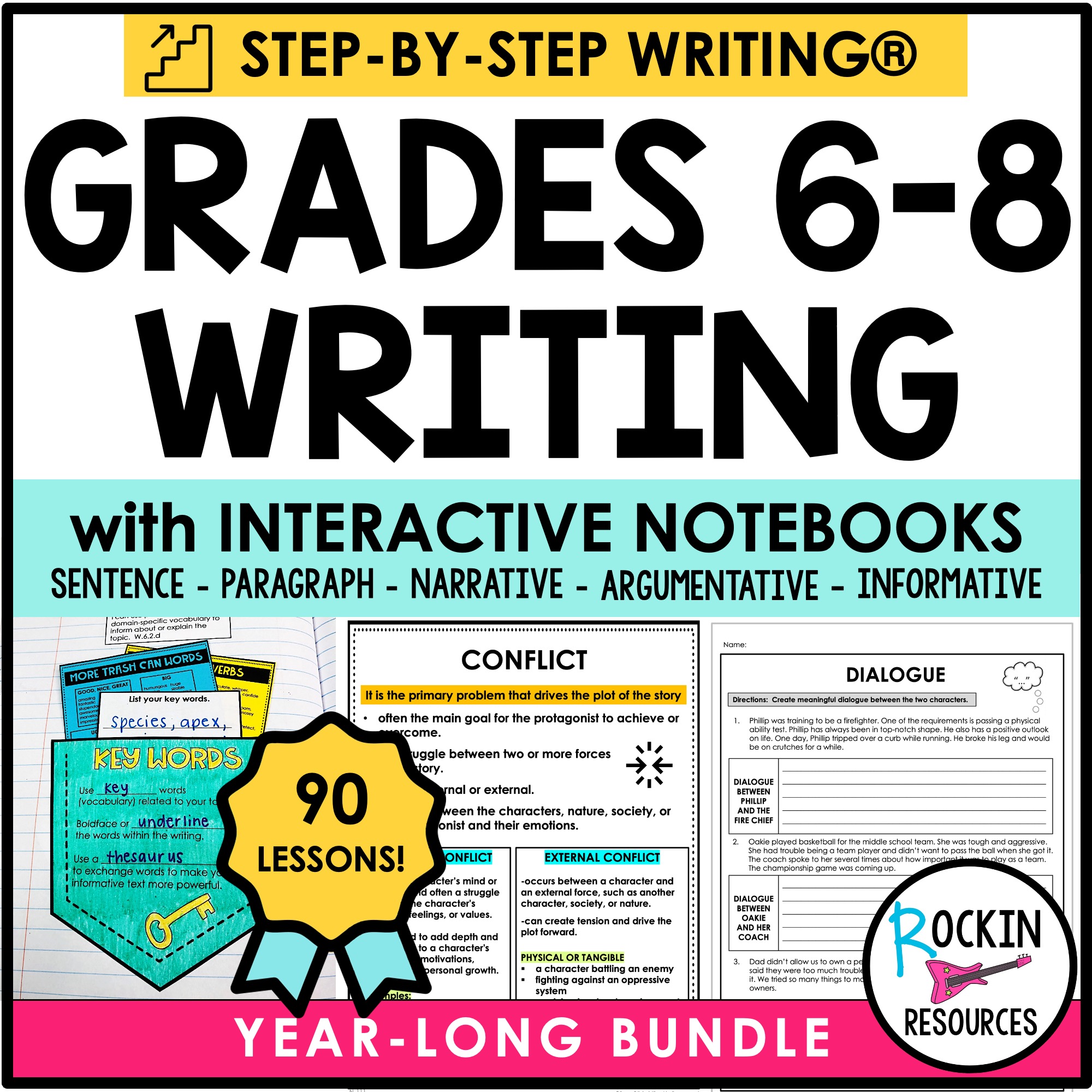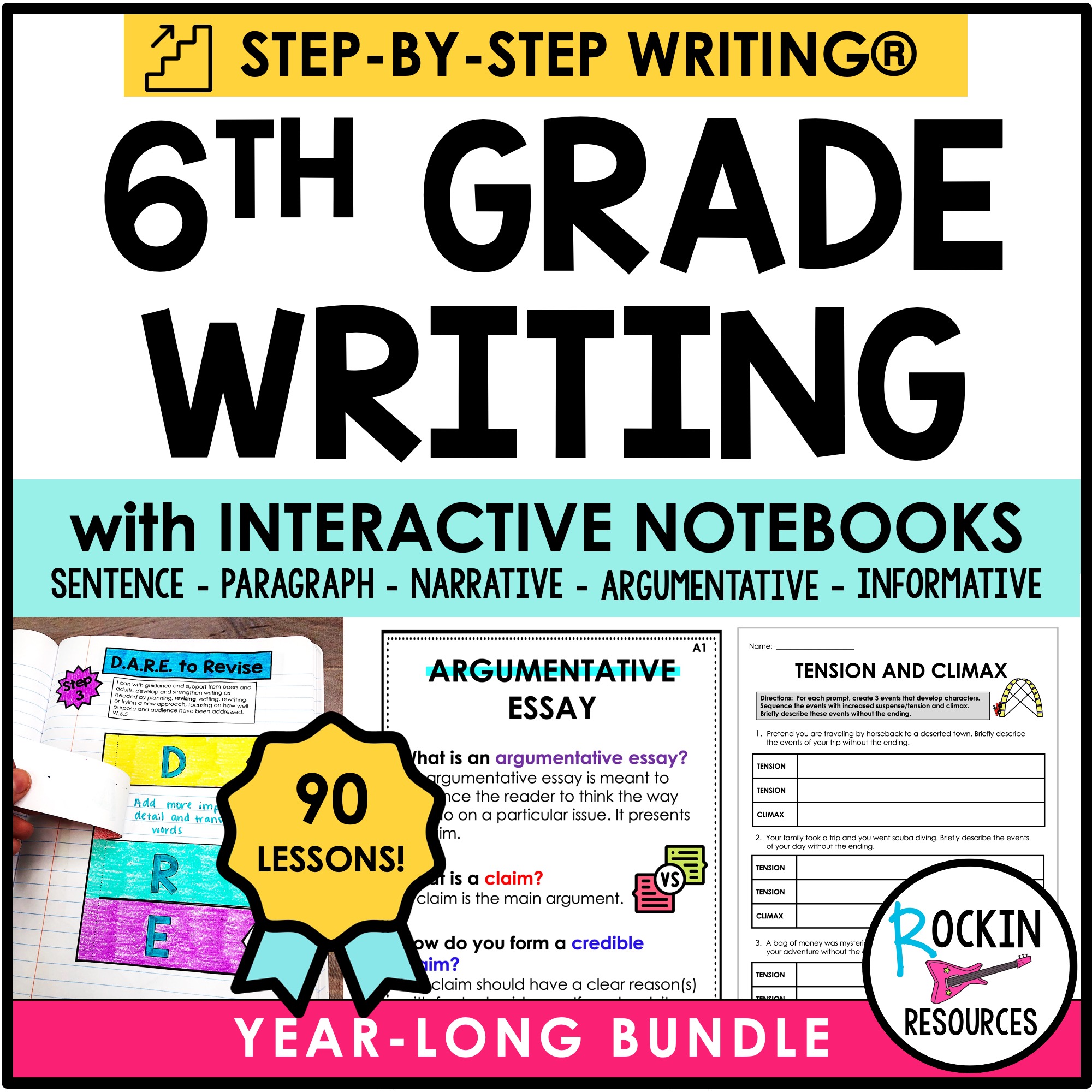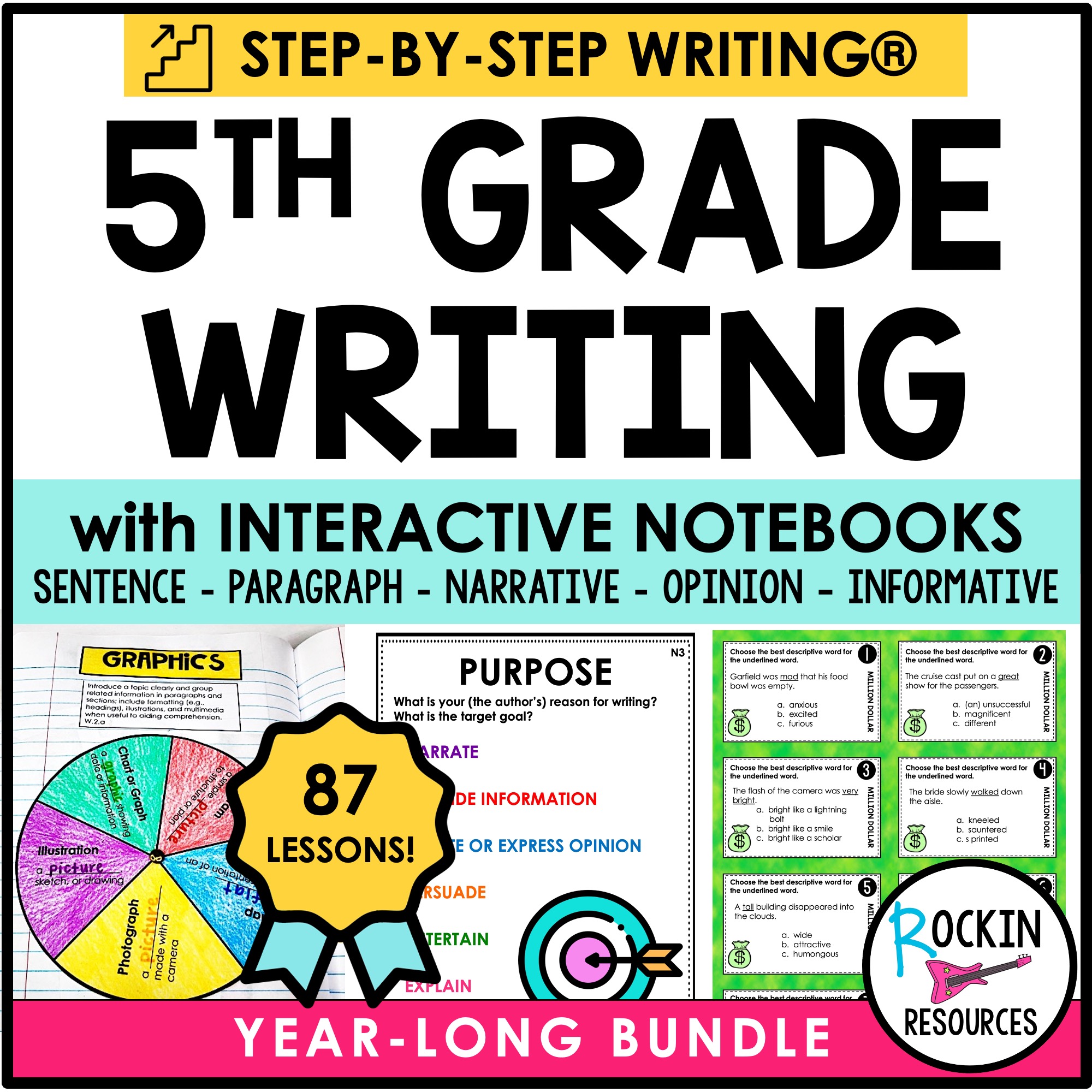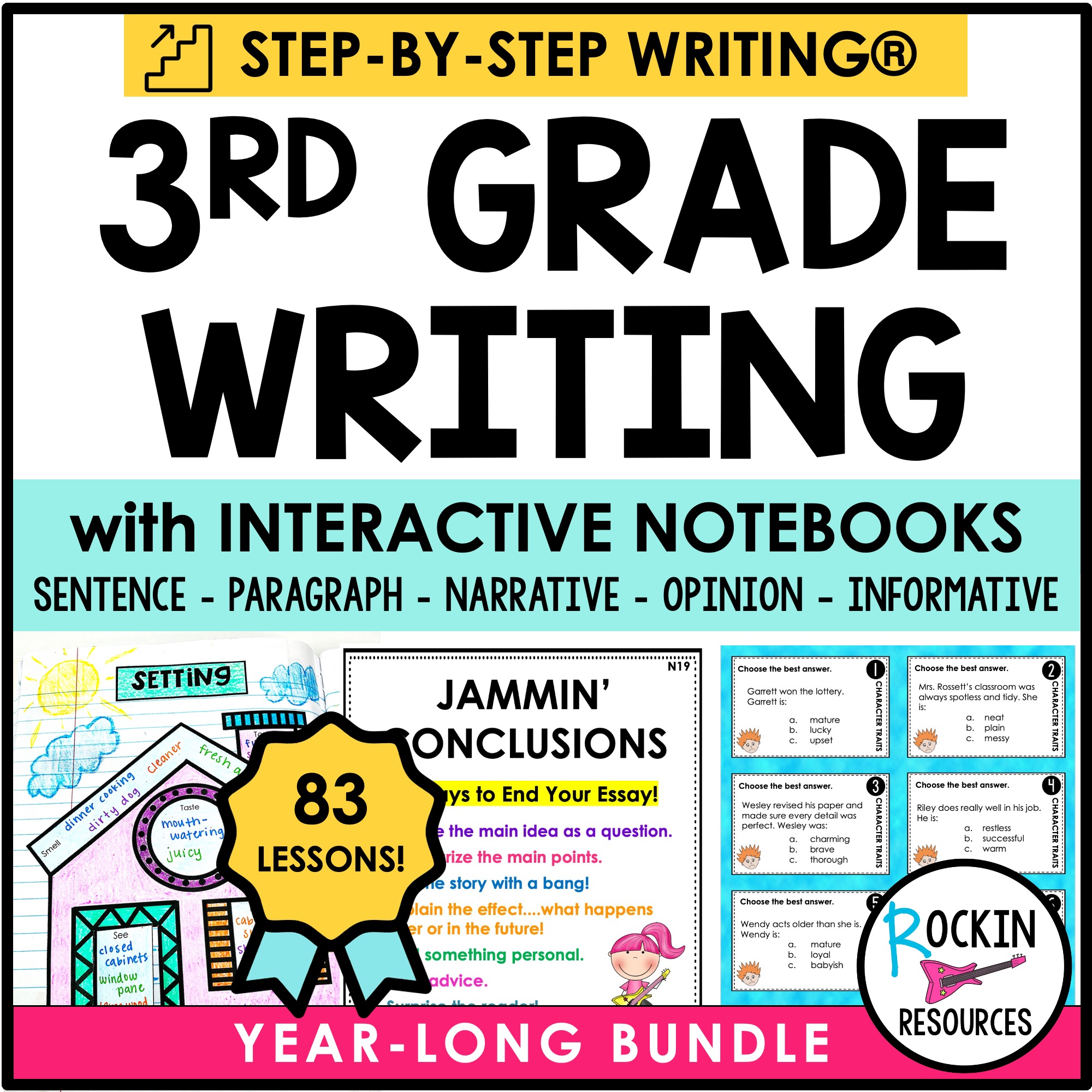Revise or Edit? Potayto, Potahto?
“You like potayto, I like potahto; you like tomayto, I like tomahto; potayto, potahto, tomayto, tomahto, let’s call the whole thing off!”
Well, we can’t do that- especially when it comes to teaching students the difference between editing and revising during the writing process. But how are they different?
Perhaps additional food imagery may help. Picture this:
On a nearby table sits the famous Sarki Family Atomic three-layer cake with alternating layers of fresh strawberries, bananas and chocolate mousse. This particular recipe has been passed down from generation to generation and perfected along the way. Great Grandma Suzanne added heavy whipping cream to the cake to make it creamier. Great Aunt Lois decided it needed a touch of vanilla bean for more flavor. Cousin Mikal eliminated the salt from the recipe because he felt it wasn’t necessary. Now, Tia’s mom puts on the finishing touches including the buttery frosting (along with sprinkles😊) to make it look oh so appetizing.
So how does this relate to revising and editing?
REVISE
Well, the revising is the ‘perfecting’ of the recipe or written piece of work. Just like Sarki family did with their recipe, students work and rework their piece of writing- adding and subtracting based on teacher and peer reviews to make the narrative just right.
During the revision process, students first make sure the content matches their goal/purpose and effectively conveys their intended message. Students DARE to revise by adding, eliminating or rearranging ideas to enhance the way readers experience it. We all know that once students finish the rough draft, they think they are finished and want to turn it in. That’s when it is hard not to sing Bon Jovi, “Ohhhh we’re half-way there!” Students need to understand that there are so many ways to make their content better. What does D.A.R.E. stand for?
D- Delete unnecessary information.
A- Add more important details or transition words.
R- Rearrange text to become logical and effective.
E- Exchange words for clearer or stronger ones.
Remind them that authors revise over and over. It may take them months or years of revising before writing a final copy.
Tip 1: For this step of the writing process, students should “listen” as they read their papers out loud. They can even record themselves. They should “listen” for places that need revised.
Tip 2: Students can use a colored pen or marker when revising to show where they made changes.
EDIT
Editing, on the other hand, is the last step or ‘frosting on the cake’ when students put finishing touches on their narrative to create a polished written product. While editing, the overall story remains the same but students check over elements such as:
C- Capitalization
U- Usage
P- Punctuation
S- Spelling
The first time CUPS is introduced, students need to learn the grade-level rules for each of the CUPS. They should only be expected to edit their grade-level standards or rules from the past years. For the advanced rules, students should not be expected to edit.
Tip 1: For this step of the writing process, students should “look” closely at their paper. Look for places that need edited.
Tip 2: Students can use a different color pen or marker to make editing marks. They can show that they know the differences between revising and editing!
My mini-anchor charts and writing checklists make the perfect addition. See these and more related products below.[/vc_column_text]
SEE RELATED BLOG POSTS:
DISCOVER RELATED RESOURCES
-
Upper Elementary STEP-BY-STEP WRITING® Grades 3-5
Original price was: $100.44.$70.00Current price is: $70.00. -
STEP-BY-STEP WRITING® VIDEOS FOR PARAGRAPH AND ESSAY WRITING
Original price was: $167.00.$99.00Current price is: $99.00. -
STEP-BY-STEP DIGITAL WRITING PROGRAM FOR MIDDLE SCHOOL
Original price was: $100.44.$70.00Current price is: $70.00. -
Opinion Writing Mini Lesson Videos | Distance Learning
Original price was: $49.99.$29.99Current price is: $29.99. -
Narrative Writing Mini Lesson Videos | Distance Learning
Original price was: $49.99.$29.99Current price is: $29.99. -
Middle School Step-by-Step Writing® Program Grades 6-8
Original price was: $100.44.$70.00Current price is: $70.00. -
INTERACTIVE STEP-BY-STEP® WRITING PROGRAM ULTIMATE BUNDLE
Original price was: $379.00.$189.00Current price is: $189.00. -
Informative Writing Mini Lesson Videos | Distance Learning
Original price was: $49.99.$29.99Current price is: $29.99. -
6th Grade Step-by-Step Writing® Program
Original price was: $100.44.$70.00Current price is: $70.00. -
5th Grade Step-by-Step Writing® Program
Original price was: $100.44.$70.00Current price is: $70.00. -
4th Grade Step-by-Step Writing® Program
Original price was: $100.44.$70.00Current price is: $70.00. -
3rd Grade Step-by-Step Writing® Program
Original price was: $100.44.$70.00Current price is: $70.00. -
2nd Grade Step-by-Step Writing® Program
Original price was: $100.44.$70.00Current price is: $70.00. -
1st Grade Step-by-Step Writing® Program
Original price was: $100.44.$70.00Current price is: $70.00.


